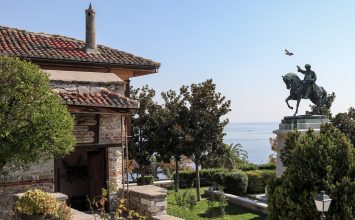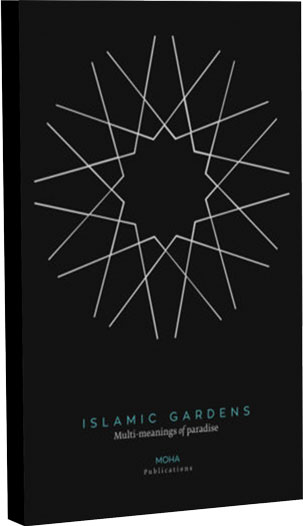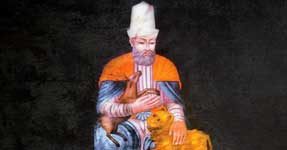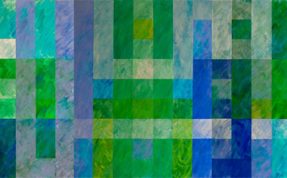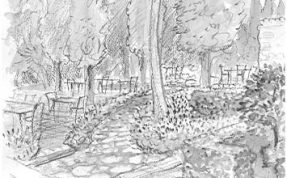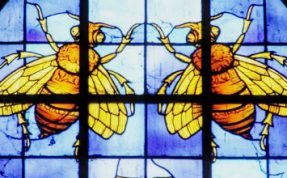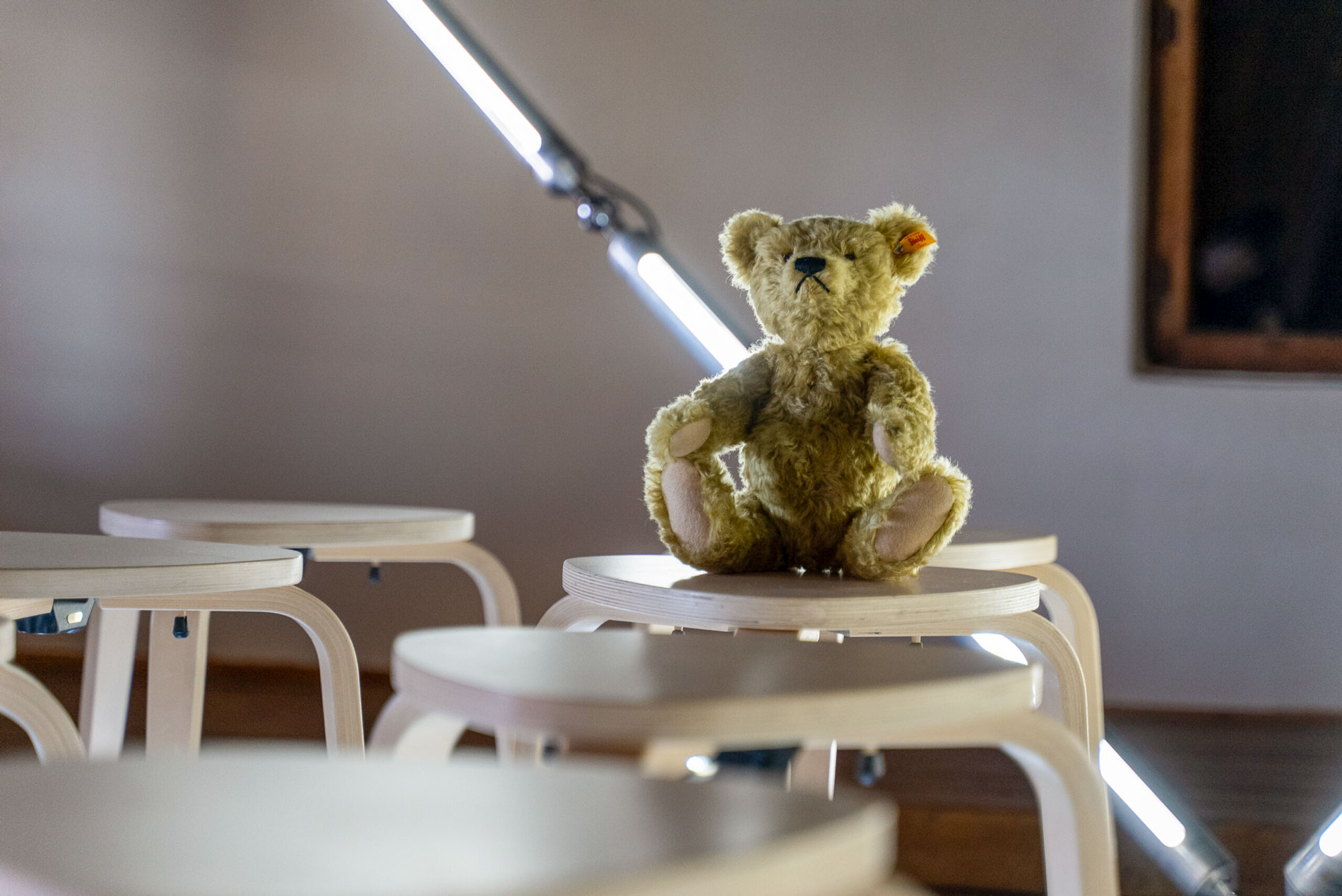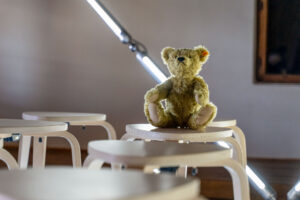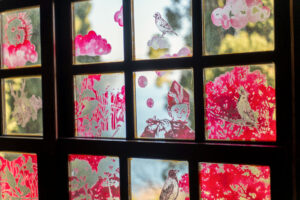About the exhibition
Elli Chrysidou’s installation “Pitchipoi” invokes images that invite the viewer to reflect, even momentarily, on absence, emptiness, separation, trauma, daydream, return, reunification, and the freeing power of play towards the creation of a new world when everything seems to be lost.
The title’s work references the name that the Jews of France gave to the place in the East, towards which the trains leaving from the camps were going. They came up with this absurd word to challenge the unknown. A word that shows the need for hope, resistance, liberation, regaining one’s dignity, new bonds, and dreams for the future.
This place of mixed feelings is symbolised on the first floor of the Museum of Mohamed Ali, and is divided into three chapters/scenes. The first chapter is defined by light. A series of light columns form a deconstructed star, surrounded by several stools, also emanating light. On one of the stools sits a single teddy bear. On the glass windows separating this from the central room, the second, transitory chapter, unravels. The figure of a child, a little girl with her favourite toy floats in-between. How did she get here, where did she come from and where is she going? The central room becomes the stage for the third chapter, also written on the windows, creating a continuity between the inside and the outside. Fragmented figures and scenes, images and drawings taken from known art works manifesting humans’ ability to create new, imaginary worlds — all these merge with the landscape, the trees and the sea. The figures depicted on the windows could be the characters of a fairytale. The scenes could be snapshots from the life that we dreamt as children, in a world between reality and play.
The installation is accompanied by an original soundscape by music producer Menelaos Lomis, a soundtrack that accentuates the images and feelings. Also, at the central space of the installation, the audience can watch a reading of Orieta Treveza – Sousi’s fairytale The wooden clogs tell their tale; a true story.
The dynamic relationship between the three chapters of the installation, the bidirectional passage from one scene to the other, and the activation of space through absence of presence, reference the fluidity, uncertainty, vulnerability but also the power of the human soul. The Holocaust becomes the symbol of the countless acts of targeting and violence against specific groups of people, from which human history abounds even today. The installation moves beyond the literal representation of violence, into the world of emotions, causing the viewer to feel empathy with the victims of violence, revealing its absurdity, but also asking the question: what would I do, what would I think and what would I feel, if I were in this position? Can we imagine a society that with childlike innocence claims acceptance and respect, beyond fabricated stereotypes and artificial divisions?
“But I also looked out of the open window letting my arms roam over a large part of Amsterdam. Over the rooftops and onto the horizon, a strip of blue so pale, it was almost invisible. As long as this exists, I thought, this sunshine and this cloudless sky, and as long as I can enjoy it, how can I be sad?”
Anna Frank’s Diary
The action was implemented in collaboration with ArtBOX and the Freiraum program that provided the mobile stage/lighting installation.
Elli Chrysidou was born in Thessaloniki in 1956. She studied at the Fine Arts School of the University of Nancy in France. She taught at the Saint-Etienne School of Fine Arts (France), between 1990-2007. She has presented her work in 15 solo and numerous group shows in Greece and abroad. In addition to her purely artistic and tutoring work, she has worked on scenography, children’s books illustration and visual communication design.
Between 2013-2019 she was Deputy Mayor of Culture in the Municipality of Thessaloniki. Under that capacity, she established and headed the project “LABattoir” -socially engaged machine for the production of culture; laboratory of applied creativity- that was held between 2017-2019 thanks to a founding grant from the Stavros Niarchos Foundation. In 2020, she realised the workshop “How To Build a Community”, as a response to the lockdown situation in Greece and beyond, in the framework to the project Common Lab by Goethe-Institut Thessaloniki and ArtBOX. In 2021, she continues her collaboration with Common Lab as the lead artist in the online workshop “Tale of X Cities”, aiming to provide media literacy to citizens across Northern Greece.
Works of hers belong to public and private collections in Greece and abroad.
